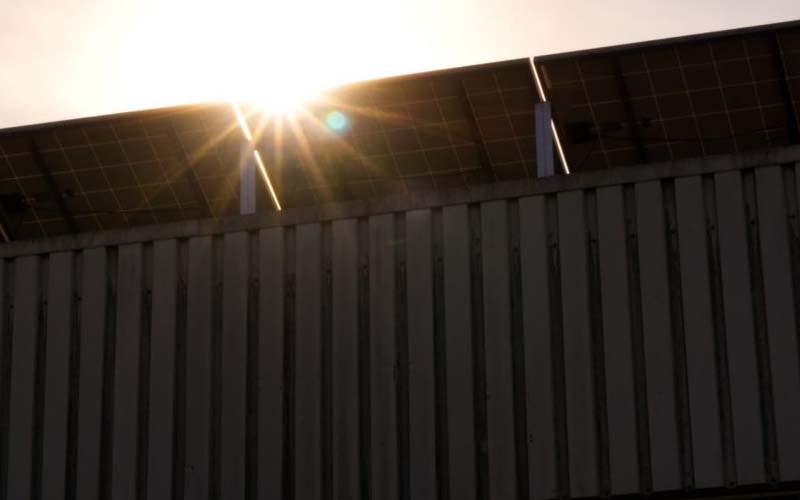
PV/Solar Power System Industry
Converter/Inverter
A DC-DC converter takes power from an input source and converts it into regulated output power for delivery to a load. Not all of the input power is converted to output power however; some is dissipated as heat within the converter. The ratio of delivered output power to converter input power is defined as the converter’s efficiency. Efficiency is a basic figure of merit that can be used to relate power dissipation directly to converter output power
The first step in evaluating cooling requirements is to calculate worst-case dissipation based on converter efficiency and worstcase anticipated load power. Clearly, higher efficiency will translate into lower power dissipation and simplify the cooling problem
To select a suitable pv/solar power heat sink for free convection cooling, follow these steps:
1. Determine the power to be dissipated by the heat sink. This should be based upon converter efficiency and worst-case converter power output
2. Estimate or experimentally determine the surface interface thermal resistance. Use of thermal compound or a thermal pad is recommended to minimize this resistance. An estimate of 0.2°C/Watt should provide an adequate safety margin
3. Calculate heat sink-to-air thermal resistance
4. Select several heat sinks that appear physically acceptable for the application. Using data provided, obtain values for their free convection thermal resistance, preferably at worst-case ambient temperature, TA. If values obtained are less than the value calculated in Step 3, go on to Step 5. If the values are greater, then either a physically larger heat sink will be required or a different cooling method will need to be used (i.e., forced air, etc.)
5. Select the heat sink with the lowest available thermal resistance consistent with space and cost limits. Keep in mind that small reductions in baseplate temperature produce dramatic improvements in MTBF
6. Test to verify that performance is in line with expectations.


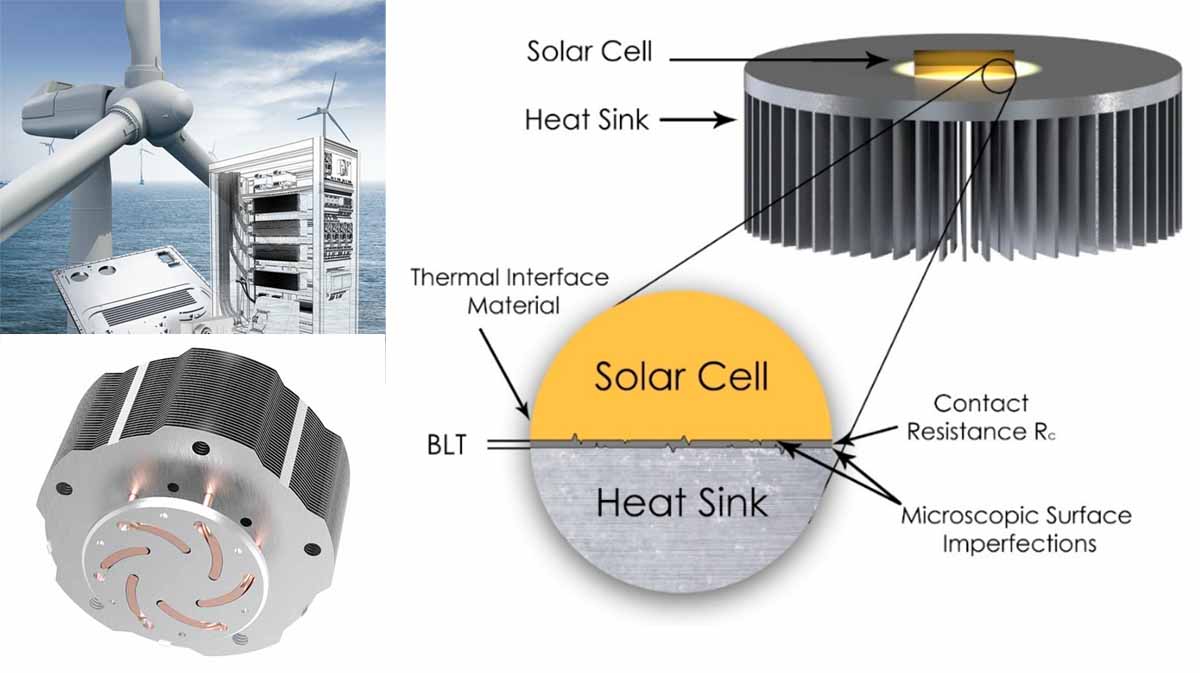

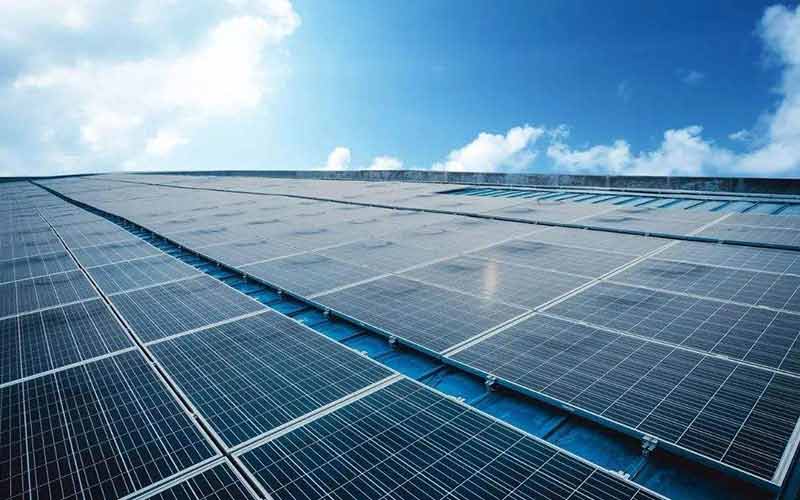

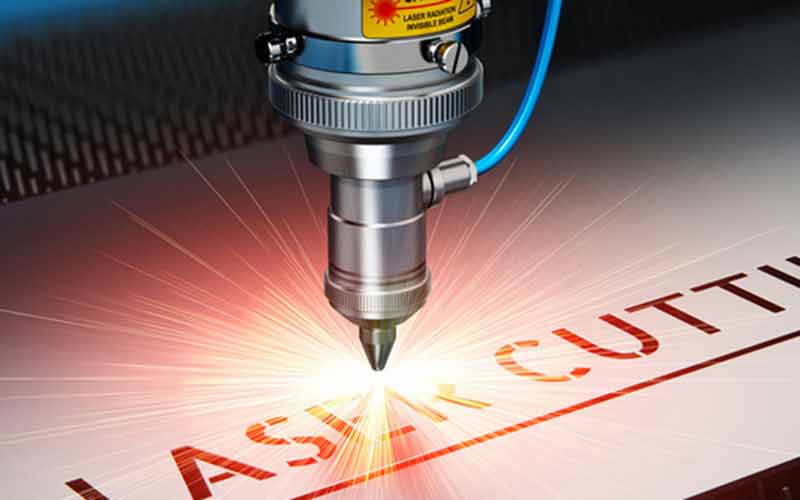
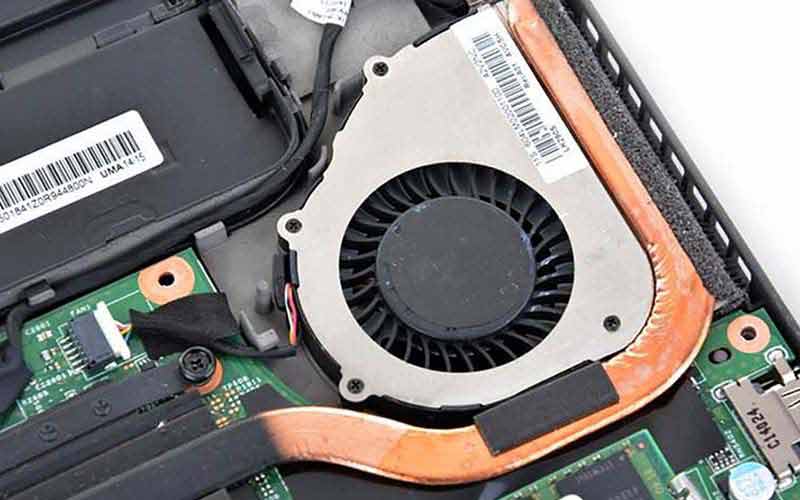
 +86-18902844286
+86-18902844286
 E-mail
E-mail
